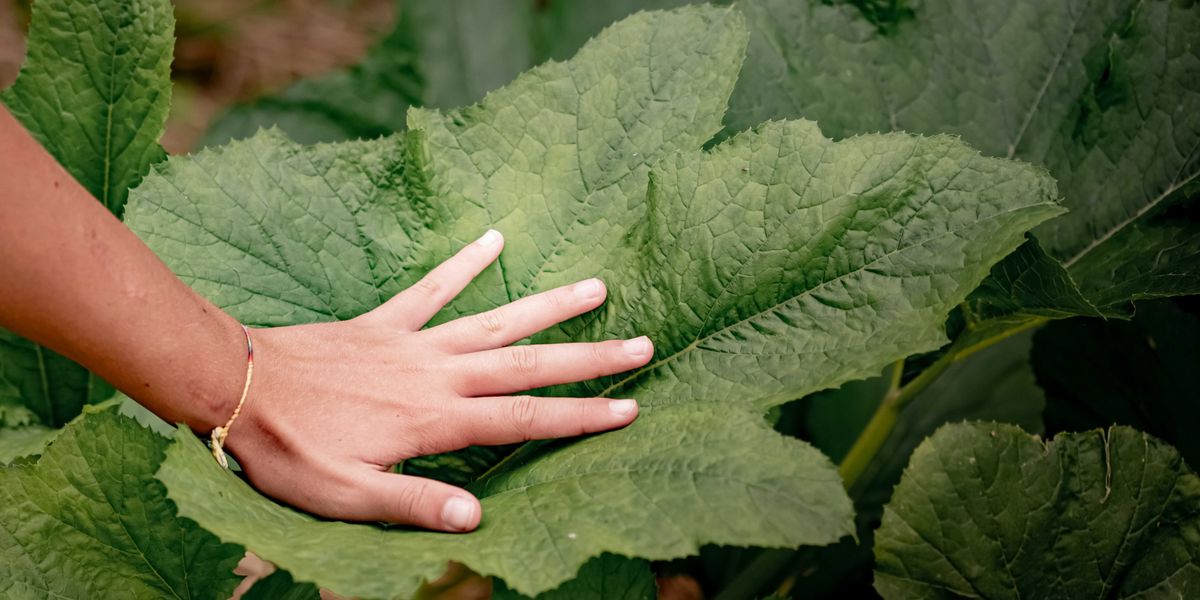breast_milk
Weeks left to save East Africa's starving children.
More than 800,000 children risk death by starvation in East Africa and aid agencies have just weeks - months at most - to save them, World Vision charity said on Wednesday.
By Alex Whiting
ROME, Sept 27 (Thomson Reuters Foundation) - More than 800,000 children risk death by starvation in East Africa and aid agencies have just weeks - months at most - to save them, World Vision charity said on Wednesday.
Conflict in South Sudan and Somalia, and prolonged drought across the region have left more than 15 million children in need of food, water, healthcare, education or protection, said the United Nations children's agency UNICEF.
Ethiopia, Somalia and Kenya have witnessed a spike in hunger levels among children in recent weeks, with several areas reporting that more than a third of their children have health problems as a result, World Vision said in a statement.
"We are still in the danger zone. More than 800,000 children remain severely malnourished and are at risk of starving to death," said Christopher Hoffman, World Vision's humanitarian response director in East Africa.
"We have months, maybe only weeks, to stop this from happening," he said, as World Vision - the world's largest international children's charity - launched its second appeal in six months for the region.
"We're seeing emaciated children, nearly skeletons, lying in pain in hospital beds ... We're seeing mothers unable to breastfeed because they are malnourished themselves," he said.
Famine struck parts of South Sudan earlier this year, and there is a high risk that it could return there and develop in Somalia, U.N. agencies said earlier this month.
"The hunger crisis is wreaking havoc on 24 million people (in East Africa) - more than the population of Berlin, London, Chicago and Bangkok combined," said Hoffman.
Much of Somalia is experiencing emergency hunger levels, which is one level below famine on an internationally-recognised scale of hunger.
Drought has forced more than 890,000 people to leave their homes between November and August, on top of 160,000 who fled fighting.
The displaced are particularly vulnerable to hunger, the U.N. Office for the Coordination of Humanitarian Affairs said.
Rains are due to begin in October, it said on Tuesday.
(Reporting by Alex Whiting @Alexwhi, Editing by Katy Migiro and Lyndsay Griffiths. Please credit the Thomson Reuters Foundation, the charitable arm of Thomson Reuters, that covers humanitarian news, climate change, resilience, women's rights, trafficking and property rights. Visit https://news.trust.org/climate)
Our Standards: The Thomson Reuters Trust Principles.
THEMES
Protect yourself from Lyme disease.
The horrors of the Zika virus have dominated news in recent months, but closer to home, warm weather renews the the very real threat of Lyme disease.
COMMENT
The horrors of the Zika virus have dominated news in recent months, but closer to home, warm weather renews the the very real threat of Lyme disease.
This ailment was first recognized 40 years ago among patients in Lyme, Connecticut. But the tick-borne bacterium has made huge inroads since then. Medical experts say more than 300,000 Americans are diagnosed annually with the disease, roughly 25 times more cases than when reporting began in 1982. Some researchers blame warmer temperatures and fewer hard freezes reflecting climate change for allowing ticks to expand their range. Recent testing by the West Nile Virus program in Pennsylvania found more than half of deer ticks, the primary vector for Lyme, carried the Borrelia bacteria that transmits the disease.
Just keeping deer out of your backyard won’t keep the tick at bay. The tick also preys on rabbits and other small mammals, so it could be anywhere. Worse, lice, fleas and mosquitoes also have been found to harbor Borrelia. Even more troubling, Borrelia may be transmitted from human to human — in saliva, through blood transfusions, sexual contact or breast milk.
Lyme can be debilitating. From 10 to 20 percent of those who get it may develop a chronic condition called post-treatment Lyme disease syndrome, whose symptoms can range from fatigue to arthritis, muscle pain and minor cognitive impairments, headaches and sleep disturbances.
The best way to protect yourself from Lyme is to be vigilant about ticks. Avoid tick-invested area. Use a bug repellent like DEET. Wear socks and tight pant legs and inspect yourself carefully after spending time outdoors for the tiny ticks, the size of a poppy seed. Be on the lookout for a rash, which in some cases presents as a bulls-eye-shape. But a rash does not always appear. If you have any concern, see your doctor and get prompt treatment, usually with antibiotics.
The earlier Lyme is treated, the better the chance is of preventing illness and avoiding lingering or even chronic symptoms.
Zika is proving a scary scourge in South America and beyond. Lyme doesn't pose the same grotesque results as Zika, which has been linked to microcephaly, or abnormally small heads among infants born to infected mothers, and other brain abnormalities. But Lyme inflicts its own problems. There's no vaccine for it yet. So try your best to avoid infection in the first place.









